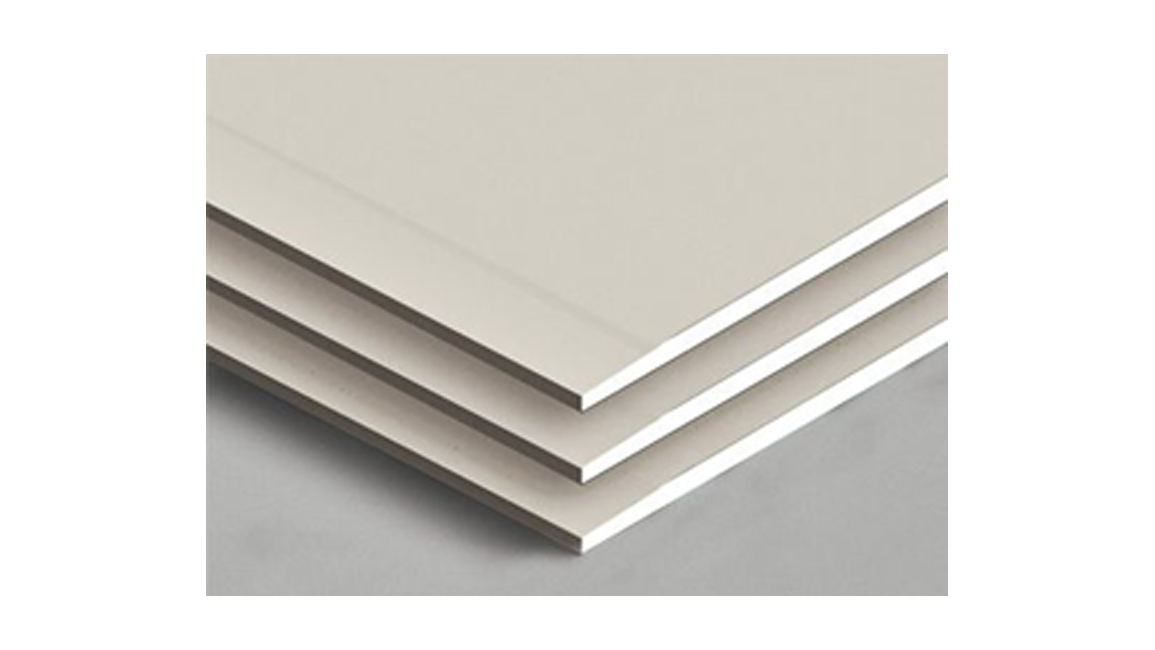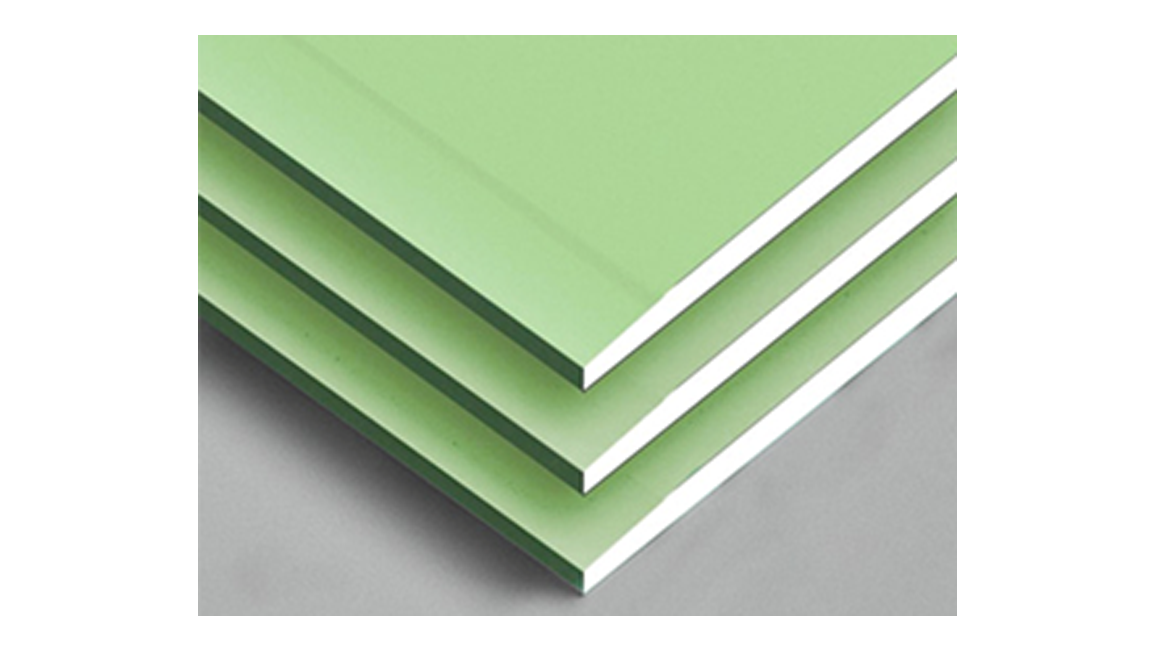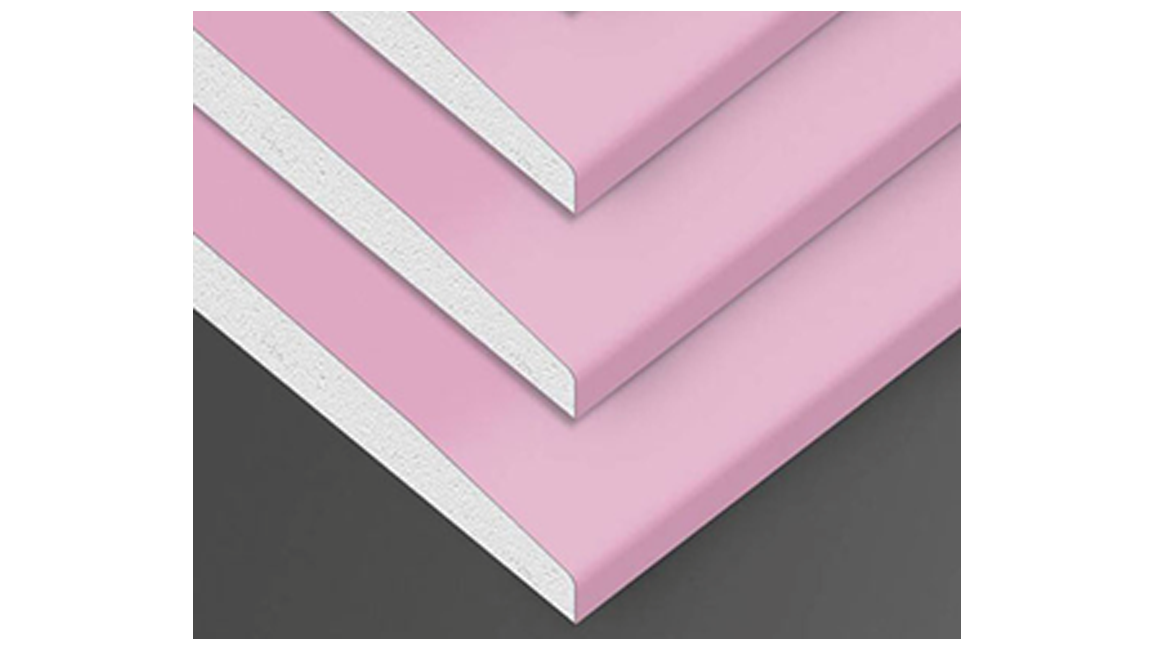What is Gypsum Plasterboard?
Called as by different brand and names, gypsum board / plasterboard / wallboard, is described as flat rectangular boards made from gypsum core which is pressed into two layers of cardboard according to TSEN520+A1 standards.
Area of use.
Gypsum board is material with high activity and low cost used as sheeting of interior surfaces of commercial or residential buildings. Structure of gypsum boards provides fire resistant, sound and heat insulation where required.
Gypsum are fixed on to the surface by means of nails, screws and gypsum-based adhesives and other various types of adhesives. Depending on area of use, gypsum boards are selected as per their type, form, thickness and edge shape, and are used as dry surface sheeting, suspended ceiling covering, wall partitioning elements or curtain covering on supporting beam or columns.
Gypsum plasterboard production process.
In order to produce gypsum plasterboard, first, you need gypsum powder production process.
Gypsum powder, produced with a calcination process under suitable conditions in gypsum production process, stored in silos for further use in gypsum plasterboards production. Gypsum powder, water and wet & dry additives are fed to high-speed mixer where homogenous mixture is prepared, and then the mixture is poured into two layers of cardboard prepared in the production line. Cardboard edges and sides are bended and required thickness is obtained in forming unit, and continues on long belt conveyor for setting. Gypsum board after obtaining required setting is cut in length by the cutting knife and then transferred to dryer unit. Dried gypsum boards are trimmed in bundler unit and then packed for further dispatch to customers.
Types of plasterboards
Gypsum boards, as briefed above, are differ from each other in production technology according to are of use, thickness and length as described inEN520+A1 standards. In the before mentioned standard (EN520+A1) gypsum board types are described as Type A, H, F, E, P, I, R and D, and dual or trio versions (e.g. Type HF, IR etc.).
In the same way, thickness of gypsum boards varies from 6mm to 18mm.
Edges of gypsum boards may have different shapes, such as tapered edge or square edge
Most preferred gypsum boards types as shown above are Type A, H and F.
Type A gypsum boards
It is the most common used and widely produced type of gypsum board.

Type H gypsum boards (moisture resistant)
These types of gypsum boards are produced with special additives to reduce water absorption ratio and are classified as H1, H2, H3.

Type F gypsum boards
Fire resistant gypsum boards with improved cohesion against high temperature core on front surface of which gypsum can be applied and used also for decorative purposes.

Being as simple in description, gypsum boards production is difficult and complex due to continuous and sensitive production process.

